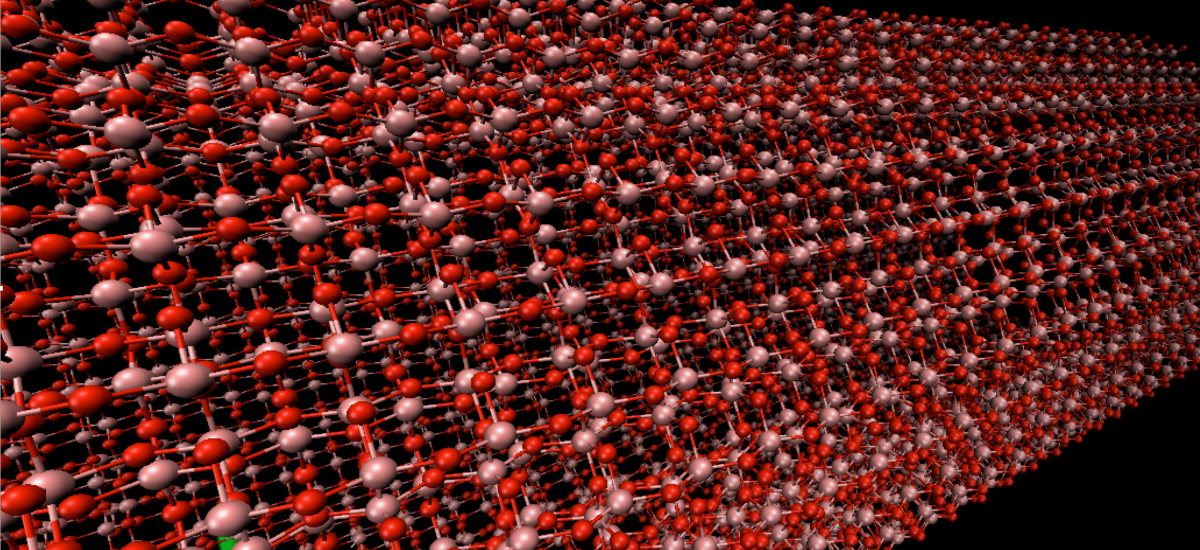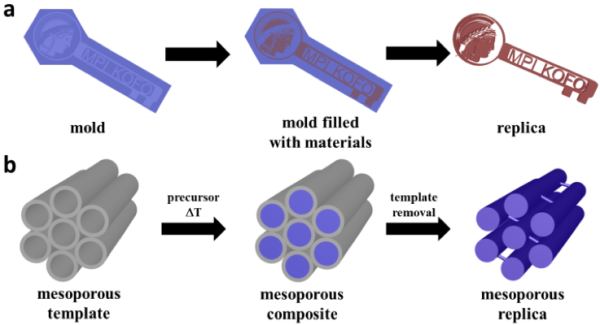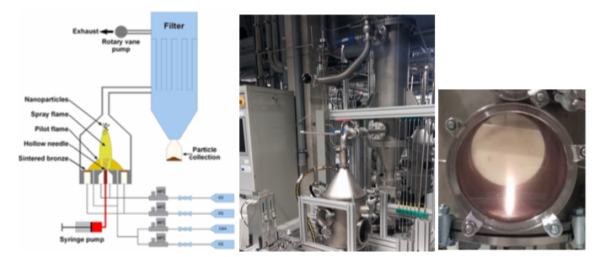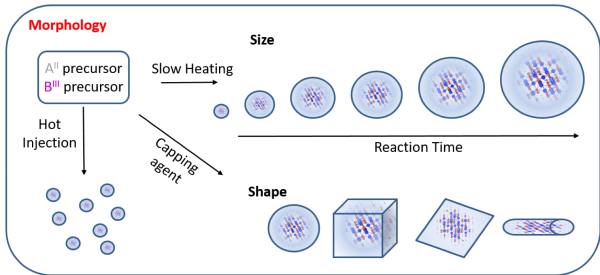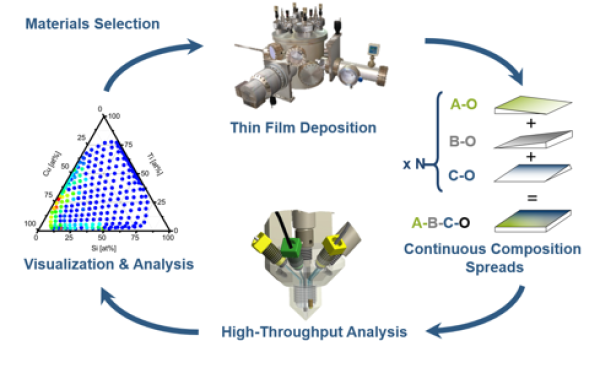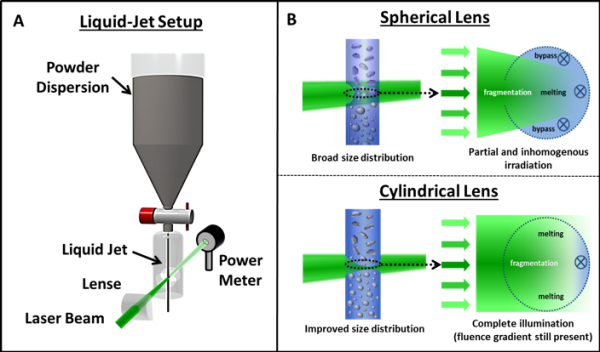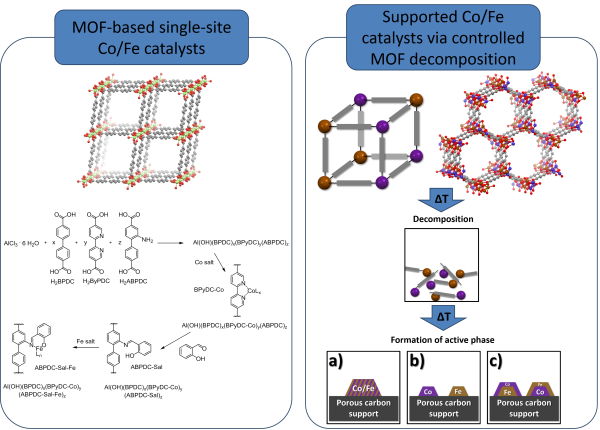Area C
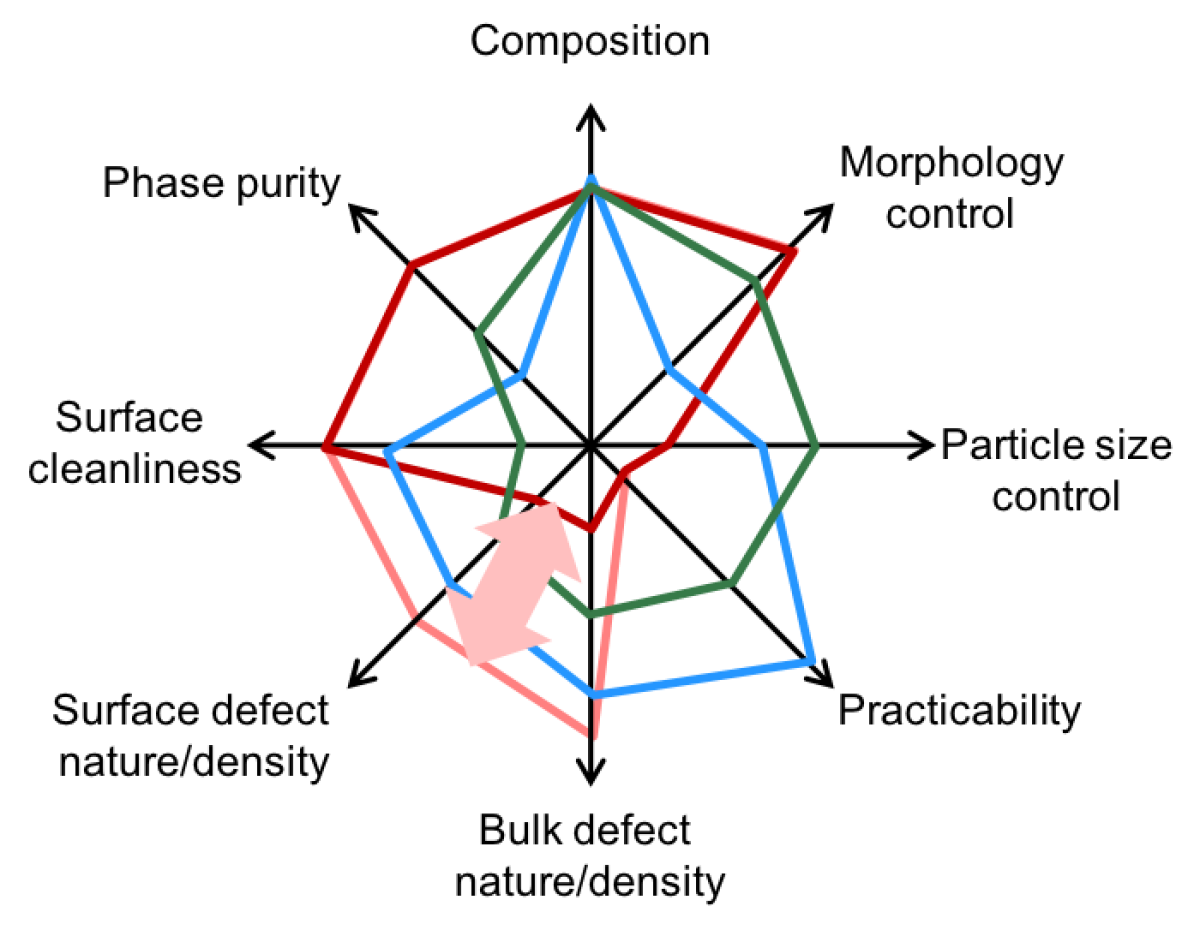
Area C: Synthesis
One central paradigm of the CRC/TRR is that specific features in the real structure rather than in the ideal structure play a critical role for catalysis. This hypothesis makes inorganic synthetic chemistry under kinetic control a key discipline in catalysis research, in contrast to conventional model approaches in surface science that mostly rely on ideal and stable surfaces. Thus, the development of synthesis methods to control the real structure by kinetic stabilization (“quenching”) is a common theme in all projects in Area C and a challenge for modern materials synthesis. As the outcome of kinetic control in solid-state synthesis is generally hard to predict, it is not known a priori, which synthesis method will provide best access to a controlled real structure suitable for the establishment of the targeted real-structure–activity correlations. It is clear, however, that application of different synthesis methods with their own formation kinetics of the solid samples will provide different real structures enabling a comparison. Via different routes, catalysts with the same composition will be accessible that differ, e.g., in their particle size or shape, surface roughness, defect concentration, compositional homogeneity, or pore structure. Thus, the approach in Area C is two-fold. First, a selection of suitable synthesis methods is applied to the two prototype catalysts of the Comparative Study. Second, for a given synthesis method, composition as well as the synthesis parameters affecting the above- mentioned materials characteristics will be systematically varied. The targeted insight of the CRC/TRR will be only achievable on the basis of highly controlled synthesis routes limiting the suitable methods to those that prove to work in a reproducible and to some extent scalable manner. It is noted that reproducibility in this context is not only related to phase and composition, but also to defect density, particle size, and shape. All projects in Area C have access to fast screening reactions (in C1) and to structural and compositional characterization in the Service project S to judge the success of the synthetic efforts. The liquid-phase reaction evaluation will be performed in Area A and selected samples of all C projects will be sent to Area B for deep characterization.

Coordinator Area C
phone: +49 203 379-8163
E-Mail
Institute for Combustion and Gas Dynamics – Reactive Fluids
Faculty of Engineering
University of Duisburg-Essen


